When Ford engineer Mark Olance dropped the hydrogen Focus off at my office, we did a brief review of the vehicle's operation. He told me the biggest concern was the cold temperatures we're getting in Michigan at night right now. The Ballard 902 series fuel cell in this generation of Focus can be damaged if there is water in the cell that freezes. Mark warned me to keep the car in the garage overnight. The next generation of Ford fuel cell cars will no longer have this limitation.
The story continues after the jump.
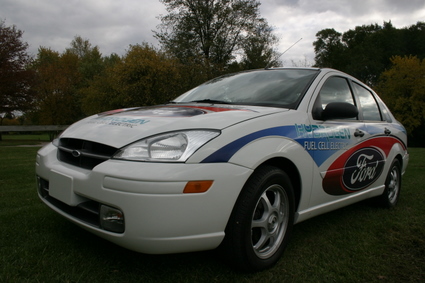
On the inside, the Focus FCV is almost entirely standard pre-2004 Focus. From the driver seat the instrument cluster is the only real difference. In the spot where you would normally find the tachometer, is the fuel cell mode indicator with four positions, Off, Shutdown, Startup and Run.
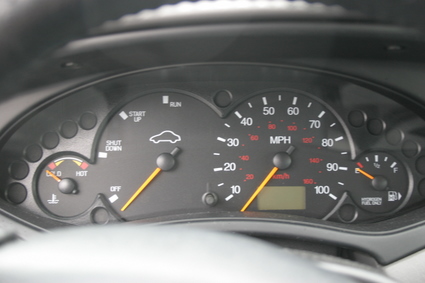
The startup sequence is the biggest operational difference of the Focus FCV. You insert the key and turn it to the run position and wait a few seconds for the ventilation fan to turn off. Once the fan turns off, you turn the key to the what would be the crank position and release it. The compressor pump in the back starts up, pushing air and hydrogen into the fuel cell and the needle moves to Startup. Fifteen seconds later, the needle pops up to Run and you are ready to go.
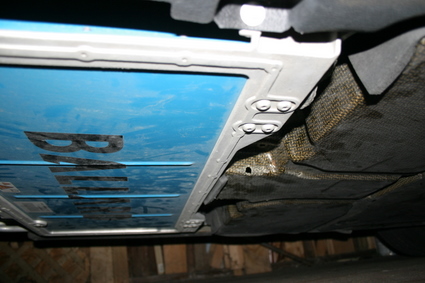
Once it's running, there is slight whine from the pump in the back, but no other noise or vibration. This FCV Focus definitely seemed to have a louder pump than the previous one I drove especially when it's cold. Once it warms up the whine did subside somewhat. With the indicator showing Run, you put the shifter into Drive, and press the right pedal.
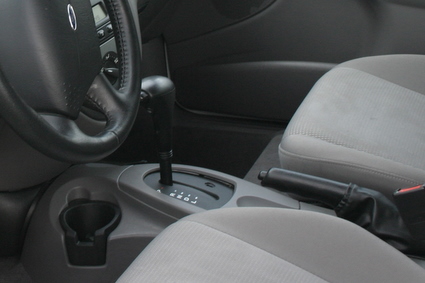
In rush hour traffic on the way home, the car felt absolutely normal except for the complete absence of four-cylinder vibration and noise. One of the nice things about electric motors is their constant torque capability throughout the speed range. Small four cylinder engines, especially multi-valve engines, are usually shy of low-end torque. The base 2.0L in the Focus is rated at 136 lbs-ft peaking at 4250 rpm. The 3 phase AC motor of the FCV makes 170 lbs-ft at all speeds. The motor is connected to a single speed trans-axle, so there are no shifts, just a smooth flow of uninterrupted acceleration. There's not a lot of acceleration but that's for the next part.
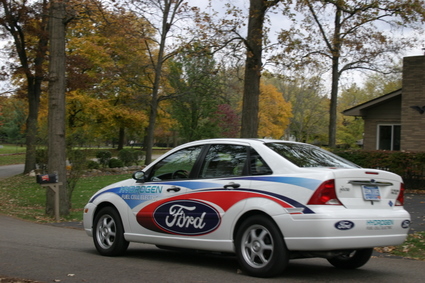
Since the interior is stock Focus, it's reasonably well put together and feels tight. The front seats have short bottom cushions and only minimal support. In the back, the center armrest is fixed in the down position with some of the plumbing from the hydrogen tank running through it making this strictly a four seater. The relatively tall upright stance of the Focus makes it well-suited to this application. Even sitting on top of the fuel cell, the front seats feel like they're in a normal position.
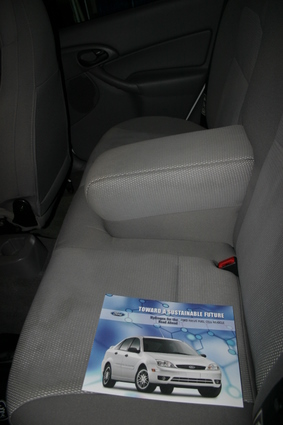
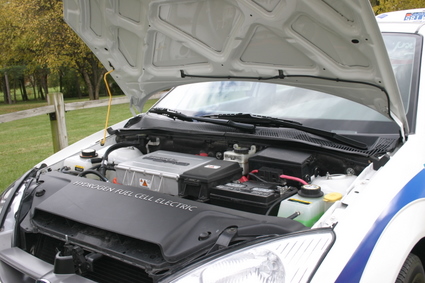
Read Part 1


Sign in to post
Please sign in to leave a comment.
Continue